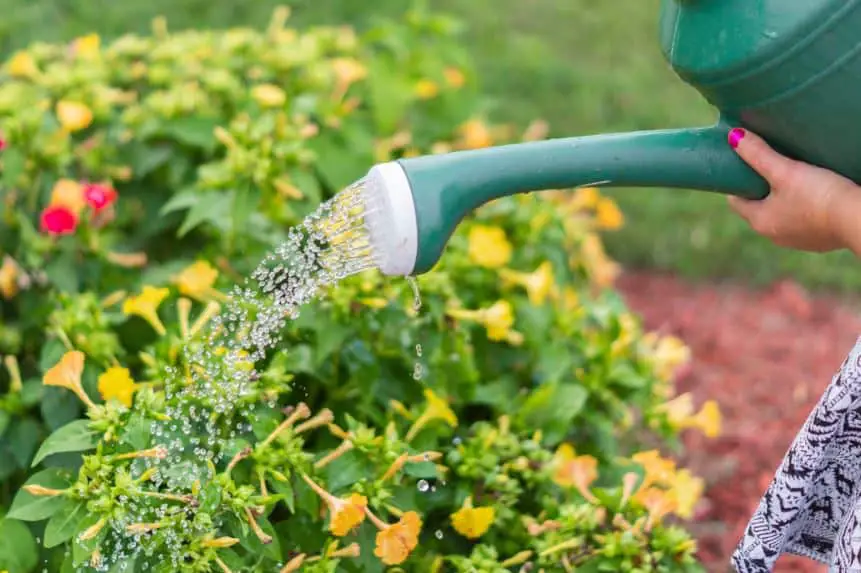Water conservation is a priority for every considerate gardener. Although this is a global problem, our garden and surrounding area are the greatest places for us to begin. As it uses less water and lowers water costs, a water-saving garden design benefits the environment and the home.
How can I water my garden more efficiently? Reducing water use to hurt plants in the process is not required. The secret to conserving water in the garden is to use it more wisely. These are six simple but efficient methods you can use in your lawn to start conserving water.

1. Select plants tolerant of drought
If your plants need less water to flourish organically, you may satisfy their demands without going over your water allotment. Instead of limiting what you produce, this more often involves smart plant selection. Native plants are often an excellent choice when needing less water, but practically any plant species may typically be drought-resistant.
Ask at your local garden center whether a certain plant is water-wise if you are unsure. Instead, search for signs indicating a plant is resistant to drought, such as these:
- fuzzy or hairy leaves;
- plump, succulent leaves;
- leaves with a waxy coating;
- long taproots.
2. Add Compost to Your Soil
Regularly incorporating compost will help the soil retain water and reduce the water needed. This is inexpensive and simple if you put up compost in your backyard. The optimal garden soil contains 5% organic matter; vegetable gardens need this more than flowerbeds. Organic matter may be added by adding organic mulches as straw or chopped dead leaves.
3. Water Wisely
There are several essential principles to remember to use water effectively and efficiently. Here are some basic everyday adjustments that might help you conserve water outdoors.
Early in the morning, water. As water does not evaporate as quickly under the light in the morning, more water is available for the plants to absorb.
Use a watering bucket, soaker hoses, or drip irrigation to direct the water towards the plant, saturating the soil around the roots while leaving the leaves unwatered.
Deeply, but less commonly, water. The plant roots cannot use the water when it is often sprinkled on the soil in small amounts.
4. Capture Rainwater
It is the correct thing to do and a brilliant idea to capture some rainwater for later use in the garden. Simple rain barrels may be used to collect Rainwater for this, or you can purchase and install water-saving equipment for the garden that links your home’s downspouts to storage containers for later use.
5. Rethink Your Lawn
Few plants need more water than the traditional American lawn, and in these dry times, many gardeners are questioning the logic of the huge expanse of lush grass. There are several great drought-resistant lawn substitutes, including local grasses.
You may still make changes to reduce water loss if you can only live with grass. For instance, because mowing the lawn results in water loss, mow it during the cool of the day, boost the mowing height to provide the soil more shade, and leave the grass clippings on the ground to replenish the lawn with moisture. Also, let the grass become dormant in the hot summer months. When the air cools in the fall, it will turn brown but rapidly become green again.
6. Mulch all garden and landscape plants
In the garden, using organic mulch is beneficial because it enriches the soil with organic material as it decomposes. Nevertheless, it is also an excellent idea since a 2- to 3-inch layer of compost, bark, or finely chopped leaves can chill and shade the soil, decreasing water evaporation. Mulch the flower and vegetable gardens, shrubs, trees, and plants.


